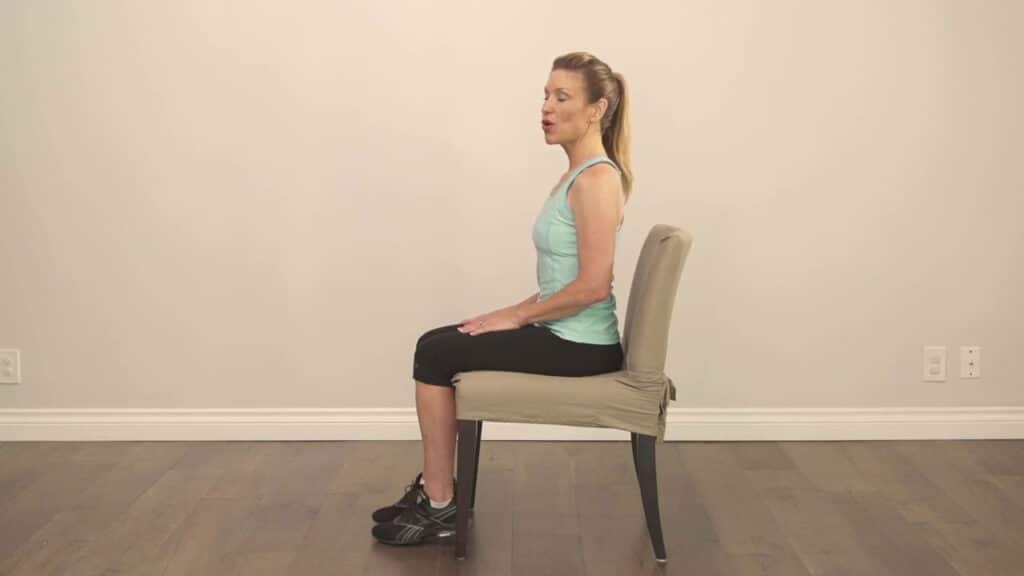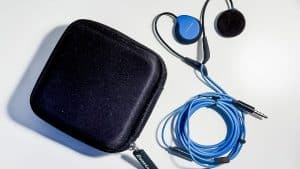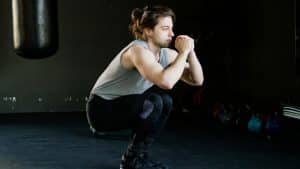Some people like to think that exercise is just the domain of the sporty. You exercise to improve how you perform on the field or when you’re using a piece of gym equipment. But exercise is also about improving how you perform your everyday tasks. Flexibility exercises are no exception.
You don’t just need flexibility to be a gymnast or a martial artist. It’s not even about the less obviously flexible sports, like running and swimming. You also need flexibility to walk up the stairs, to bend down and pick something up, or to reach up for something on the top shelf. When your flexibility is poor, it has a negative impact on every part of your life.
Luckily, just as flexibility isn’t just for athletes, flexibility exercises aren’t just for those who go out and train every day. There are some simple exercises you can do at home that can improve your flexibility, which in turn will reduce your risk of injury and make you less easily fatigued.
If you want to know how simple stay-at-home flexibility exercises can be, sit up in your chair. Look forward. Now, gently (gently!) turn your neck so you’re looking toward your left shoulder. Hold for a few seconds. Move your head back to the middle. Wait a few more seconds. Do the same thing again, but this time looking right.
There. You’ve performed a flexibility exercise, and it’s one you can do without leaving your chair. You should repeat it a few times for maximum effect, but it’s still something that even someone who’s very unfit should be able to do. There are a few other gentle twists, bends and stretches that should have a similar impact.
Now, just because these exercises are simple, that doesn’t mean you can ignore the normal rules about safety. Wear comfortable, appropriate clothing; make sure you stay hydrated; and whatever happens, don’t overdo it. The aim is to build up your ability and the intensity of your practice slowly.
Do these kinds of exercises a couple of times a week and your flexibility should gradually improve. You’ll be able to increase your number of repetitions, extend a bit more and be less likely to feel pain. With increased flexibility, some of your everyday tasks may become a little easier and you’ll be a healthier, happier person overall.




